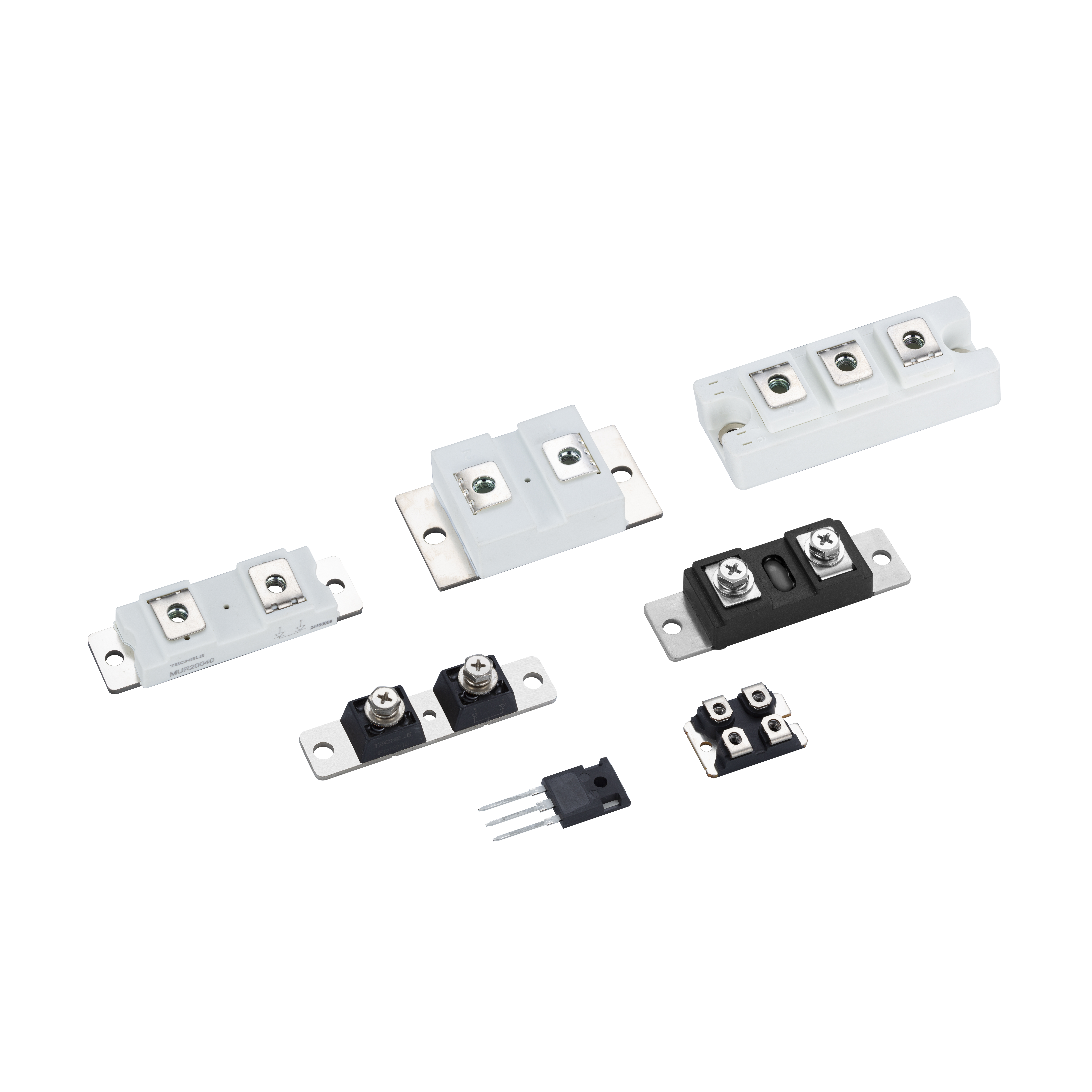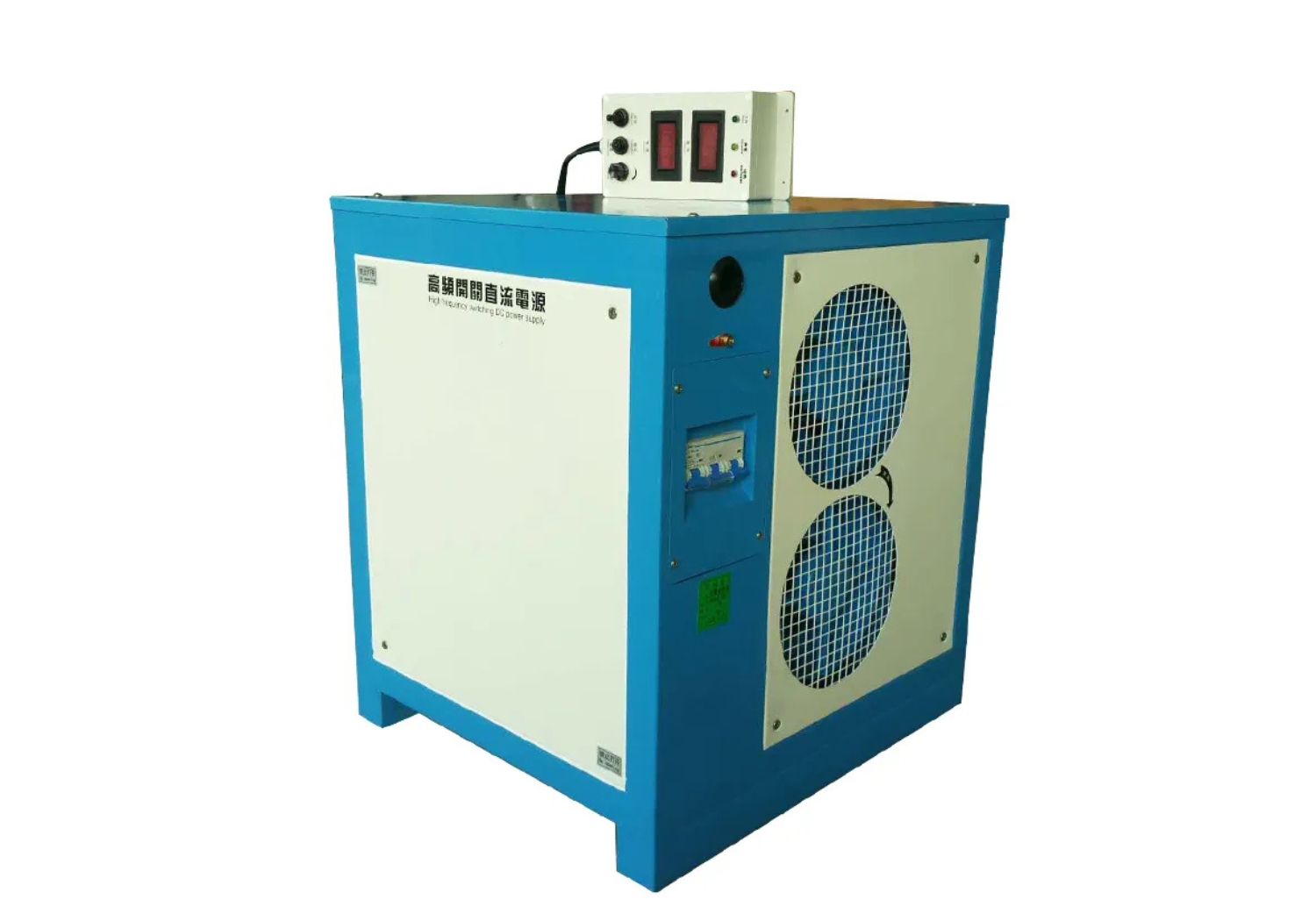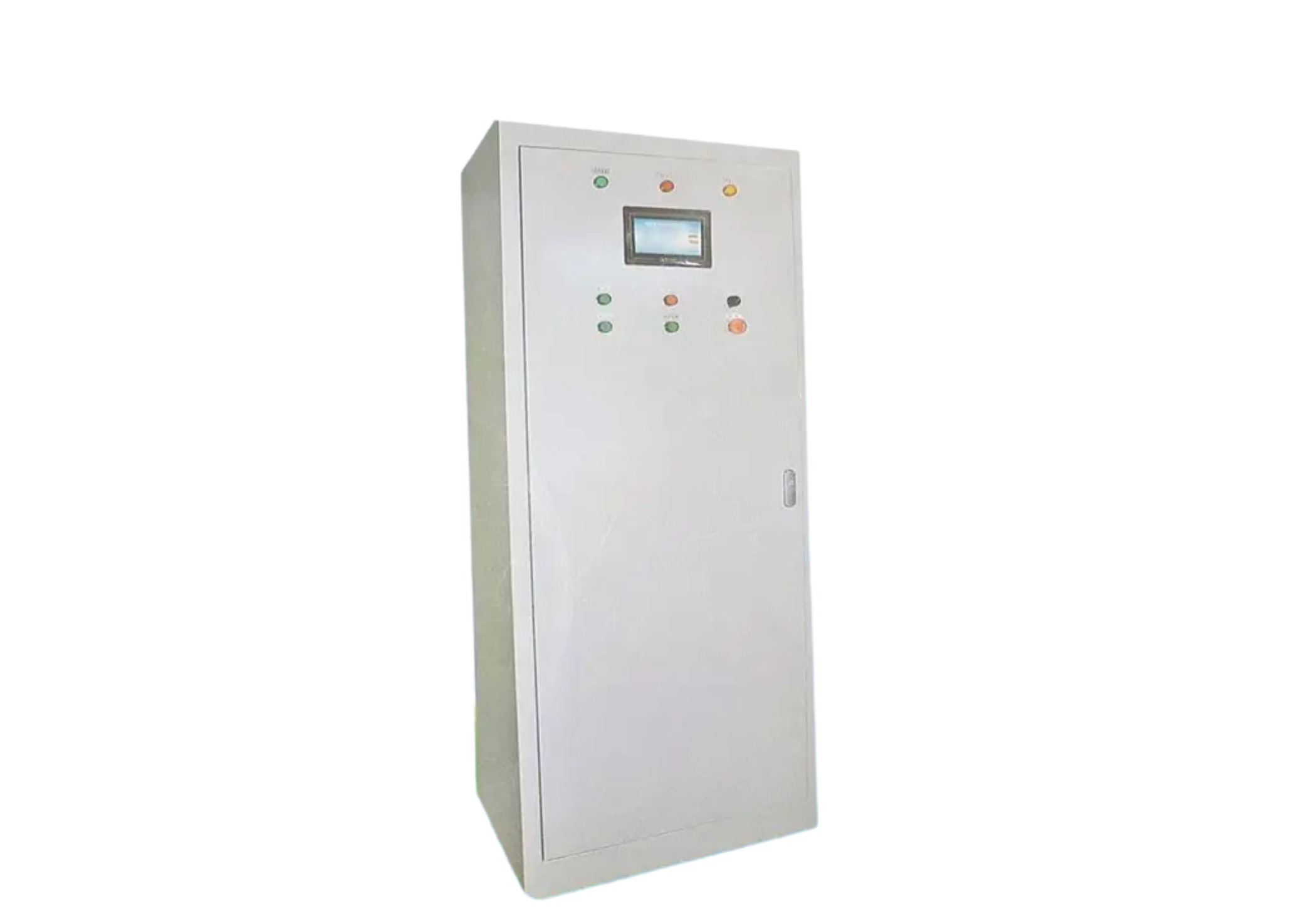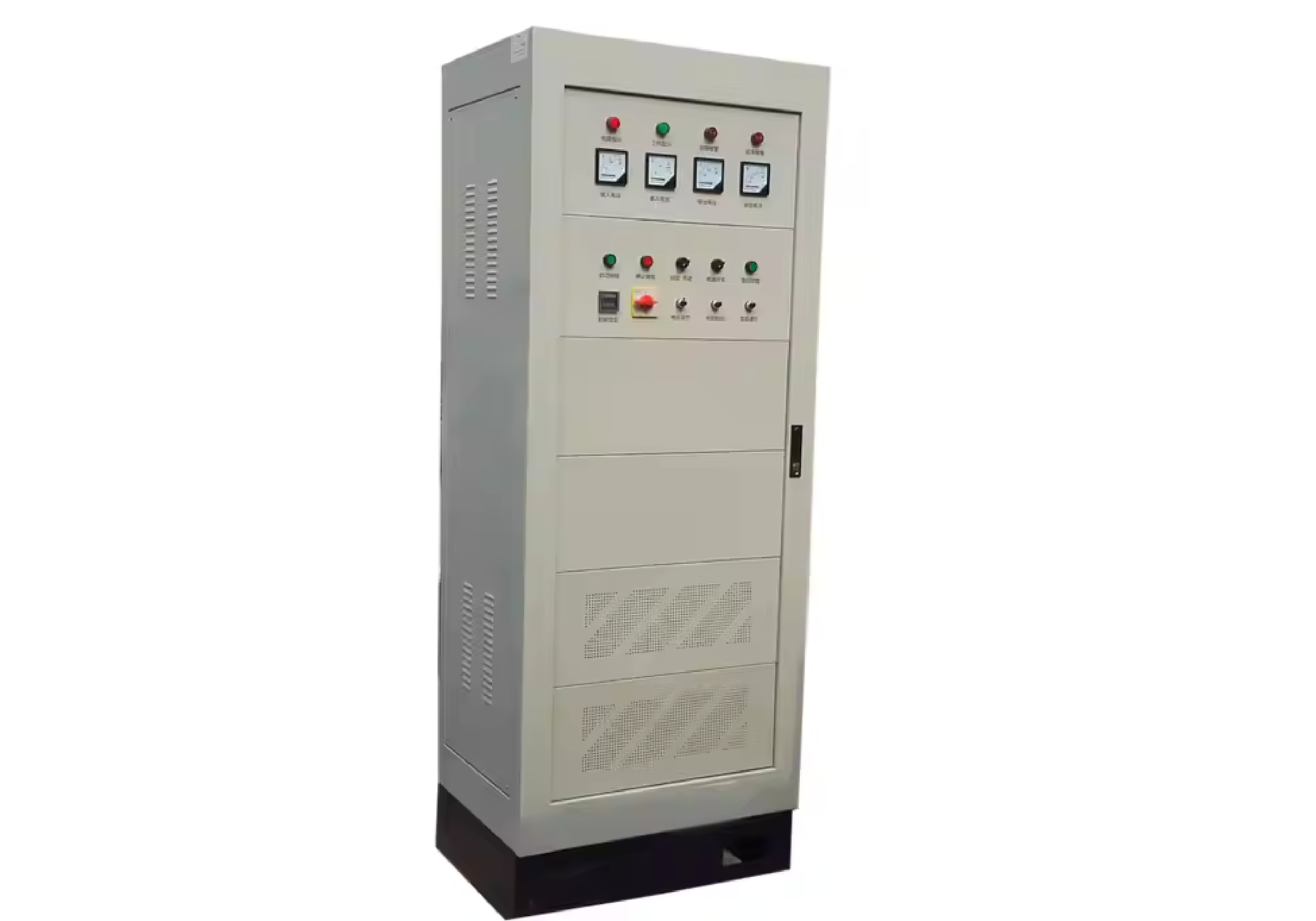Advanced Troubleshooting for Thyristor Module Malfunctions in High Power Systems
In high-demand environments like HVDC, HVAC, and energy storage, thyristor modules are the backbone of efficient power conversion. Their ability to support high surge current, maintain low on‑state voltage, and operate in anti-parallel or dual thyristor module configurations makes them ideal for industrial phase control. However, when issues arise, pinpointing the cause requires technical precision. This article highlights complex fault scenarios and the best engineering remedies.
1. Undetected Leakage Currents
Leakage between terminals can go unnoticed until it leads to substantial efficiency loss or control instability.
Root Cause: Internal substrate cracks or solder fatigue in 1600V or 6500V modules.
Detection: Use high-resolution insulation testers and IR imaging. Compare resistance over temperature.
Fix: Replace the module and inspect DCB layering for mechanical fatigue, particularly in energy storage modules subjected to thermal cycling.
2. Gate Drive Misconfiguration
Proper gate triggering is crucial in high frequency applications where nanosecond-level precision is required.
Issue: Overdriving or underdriving the gate results in partial conduction or latch-up.
Troubleshooting: Measure gate pulse parameters and check gate charge curves from the datasheet.
Correction: Use a programmable gate driver with adaptive pulse-width logic and verify dv/dt ratings for dual thyristor module integration.
3. Harmonic Injection from Faulted Thyristors
A failing thyristor may still conduct but distort output waveforms in HVDC or HVAC systems.
Symptom: Increased THD, abnormal frequency harmonics.
Inspection: Analyze waveform spectra using a power analyzer.
Remedy: Isolate faulty device, retune power factor correction circuits, and consider adding harmonic filtering for stability.
4. Overvoltage Triggering During Load Swings
Anti-parallel setups often experience dynamic overvoltage, especially in regenerative braking or grid instability.
Cause: Sudden impedance shift or feedback loop delay.
Solution: Add dynamic clamping circuits. Integrate transient surge absorbers for sensitive 6500V modules.
Best Practice: Use real-time digital simulations to forecast triggering behavior during load fluctuations.
5. Temperature Drift and Parameter Shift
Thyristors exposed to long-duration thermal stress may develop parameter shifts—degrading their turn-on and turn-off characteristics.
Detection: Compare I-V characteristics under controlled thermal ramps.
Impact: In industrial phase control, this can skew timing and cause asymmetric current flow.
Response: Implement active temperature compensation in gate drive logic.






